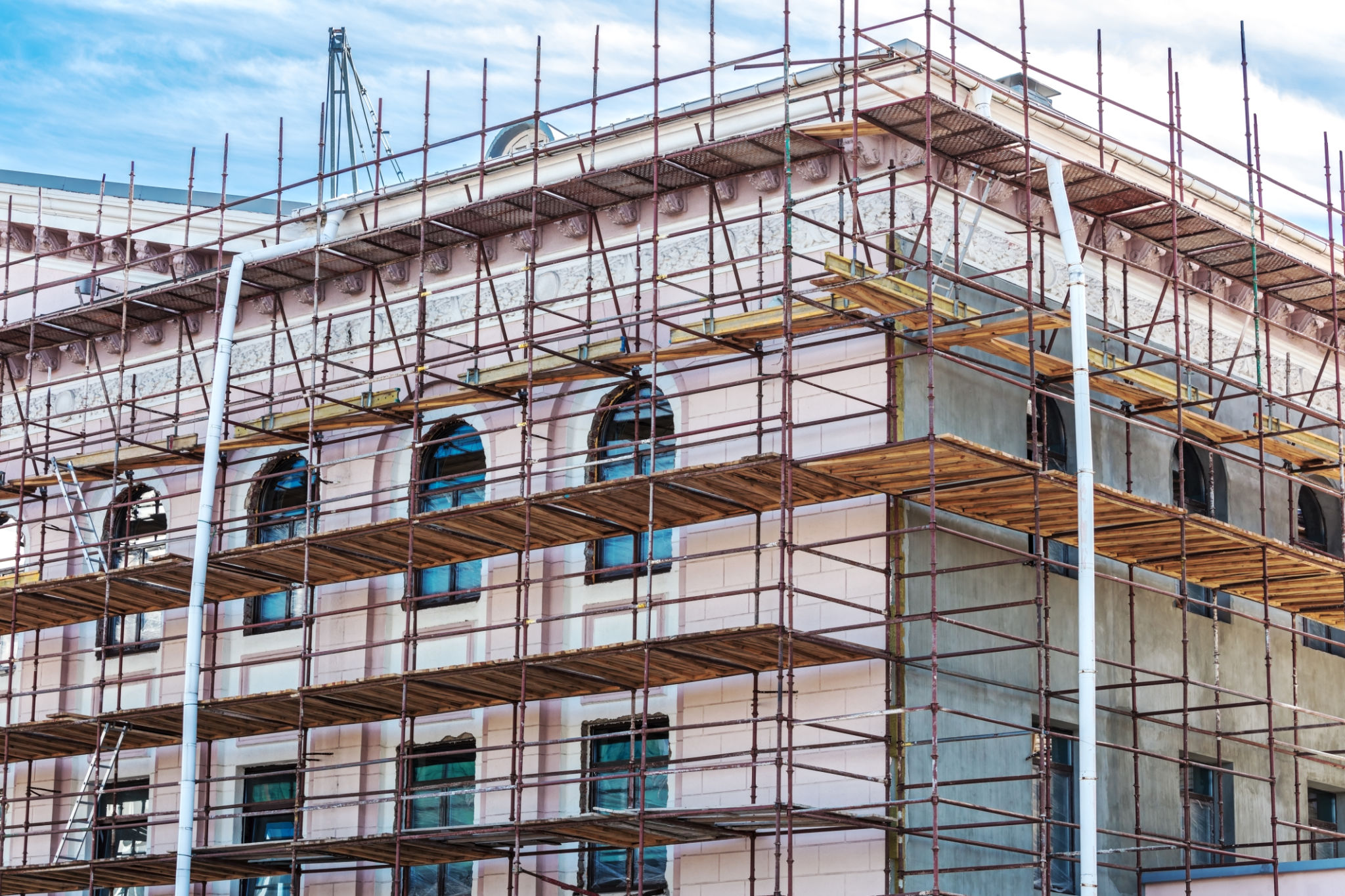Expert Insights: Common Mistakes in Commercial Building Maintenance
Introduction to Commercial Building Maintenance
Maintaining a commercial building is a complex task that requires careful planning and execution. Ensuring the longevity and safety of the infrastructure is crucial for business operations. However, building maintenance often falls prey to common mistakes that can lead to increased costs and potential hazards. In this article, we delve into expert insights on avoiding these pitfalls.

Neglecting Regular Inspections
One of the most prevalent errors in building maintenance is the neglect of regular inspections. Scheduled inspections help identify potential issues before they escalate into costly repairs. Ignoring them can lead to undetected problems that compromise the building's integrity.
Conducting comprehensive inspections at regular intervals can prevent surprises. A well-documented inspection schedule ensures that no area is overlooked, which can significantly reduce long-term maintenance costs.
Improper Budget Allocation
A common mistake in commercial building maintenance is improper budget allocation. Often, businesses underestimate the financial requirements for upkeep, leading to insufficient funds for necessary repairs and upgrades.
It's essential to allocate a realistic budget that covers both routine maintenance and unexpected repairs. This proactive approach ensures that building maintenance is sustainable and efficient, avoiding the need for emergency financial adjustments.

Overlooking Energy Efficiency
Overlooking energy efficiency is another critical mistake. Energy-efficient systems not only reduce operational costs but also contribute to environmental sustainability. Many businesses fail to upgrade outdated systems, resulting in higher energy consumption and expenses.
Investing in energy-efficient technologies, such as LED lighting and smart thermostats, can significantly reduce energy bills. Regular audits should be performed to identify opportunities for enhancing energy efficiency within the building.
Ignoring Small Repairs
Small repairs are often dismissed as inconsequential, but they can accumulate and lead to substantial damage over time. Ignoring minor issues like leaky faucets or cracked walls can result in more extensive repairs down the line.
Addressing small repairs promptly can prevent them from becoming major problems. Establishing a responsive maintenance team to handle these tasks ensures that the building remains in optimal condition.

Lack of Proper Documentation
Proper documentation is crucial in maintaining a commercial building. Without accurate records of maintenance activities, it's challenging to track the building's history and anticipate future needs.
Maintaining detailed logs of inspections, repairs, and upgrades helps in planning future maintenance tasks. This documentation facilitates better decision-making and ensures compliance with regulations.
Conclusion
Avoiding these common mistakes in commercial building maintenance can lead to improved safety, efficiency, and cost savings. By focusing on regular inspections, proper budgeting, energy efficiency, prompt repairs, and thorough documentation, businesses can ensure their buildings remain in peak condition. Implementing these strategies not only preserves the infrastructure but also enhances the overall value of the property.